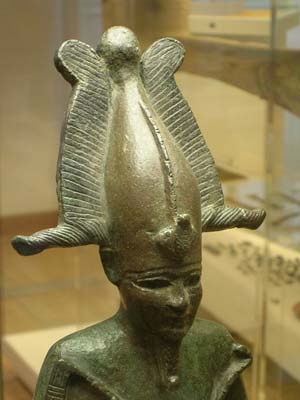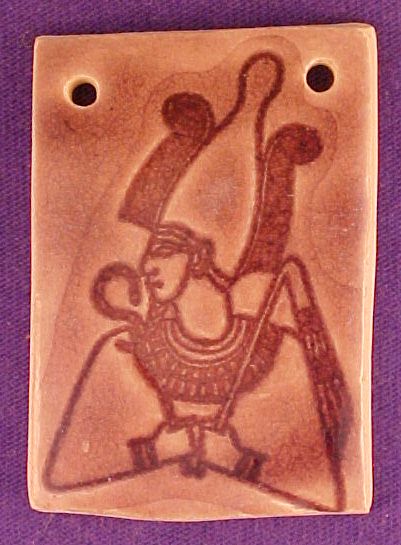

My results using these two approaches have advanced our understanding of architectural techniques for designing and implementing network subsystems. I developed a precise terminology for describing striping within a networking context and performed a systematic analysis of striping at various layers in a networking protocol stack. The techniques used are similar to the "striping" concept which has been applied to disk subsystems. These paths can be transparently combined to obtain a virtual resource that is indistinguishable from a single, higher performance data path. Bottlenecks can also be removed by using parallel data paths. It is now clear that relatively simple hardware can perform SAR at high speeds, and that the overall system bottlenecks lie elsewhere, such as the host's memory, I/O subsystems, and operating system. I have implemented it in a 160 Mbps host interface for the IBM RISC System/6000 workstation and at 640 Mbps for HP 9000/700 workstations. I designed a scalable hardware architecture which is host-independent and able to perform SAR at rates of over 1 Gbps. Asynchronous Transfer Mode (ATM) Segmentation and Reassembly (SAR) was initially thought to be a bottleneck. A central focus is the identification and removal of performance "bottlenecks." The two approaches which I have explored are the optimization of a single data path and the combination of multiple data paths between the network and applications running on the workstation. This dissertation addresses the problem of delivering this bandwidth through the network subsystem of a host workstation to a user's application.


Gigabit per second (Gbps) bandwidths can now be delivered by networks to workstation hosts. A detailed research program is described. The proposed experiments should provide important early results. We propose to explore these questions experimentally in a joint research effort combining the Distributed Systems Laboratory (DSL) and the General Robotics and Sensory Perception (GRASP) Laboratory at the University of-Pennsylvania. There are issues in network topology, robot control and distributed system software, packaging and transport of sensory data (including wide-area transport), and performance implications of architectural choices using measures such as cost, response time, and network utilization. These features are available in the Gigabit networks under development at Penn and elsewhere.Ī number of key research questions are posed by gigabit telerobotics. We have identified three network advances needed for splitting robotic control from robotic function: increased bandwidth, decreased error rates, and support for isochronous traffic. A necessary element of such systems is the ability to teleoperate machines, for example telerobotic systems with full-capability sensory feedback loops. We discuss the observed strengths and limitations of TeleMentoring, and describe continuing work which is a direct result of the TeleMentoring work.Īdvanced manufacturing concepts such as "Virtual Factories" use an information infrastructure to tie together changing groups of specialized facilities into agile manufacturing systems. This report summarizes the results from our TeleMentoring project.

Further,projects could be chosen which were meaningful to indus-trial research goals, so that student training is coupled with gaining relevant experience. Our hypothesis was that remote "mentoring" would provide a means with which student learning could be accelerated. In our trial, the interaction was between teams of undergraduate computer science students and researchers at Bellcore, and was used to support work by these students on advanced laboratory projects for a course. This hardware connected the Bellcore VideoWindow(TM) with other apparatus to create a realistic two-way interaction.
CRYPTEXT OSIRIS TRIAL
The trial used teleconferencing hardware which converts NTSC television and audio signals to and from ATM cells. Using the Asynchronous Transfer Mode (ATM) network infrastructure of the AURORA Gigabit Testbed, we were able to carry out a trial of interactive distance learning.


 0 kommentar(er)
0 kommentar(er)
